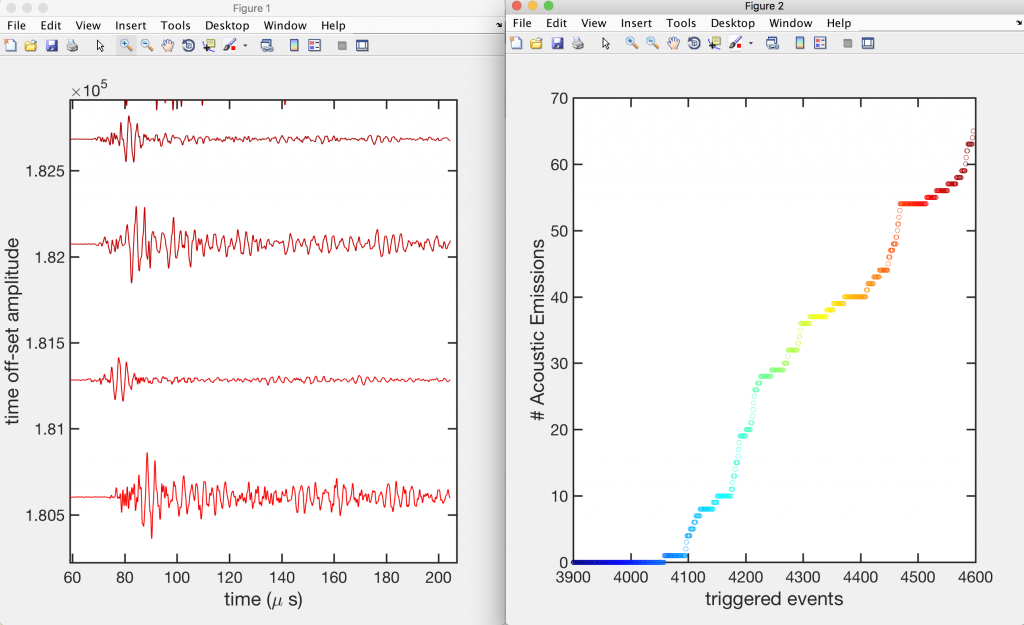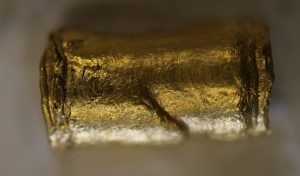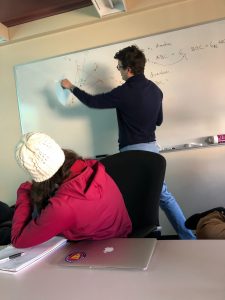
Matej is teaching 12.524: Mechanical Properties of Rocks this semester! Lots to learn, lots to teach, and lots of stress tensors to draw.
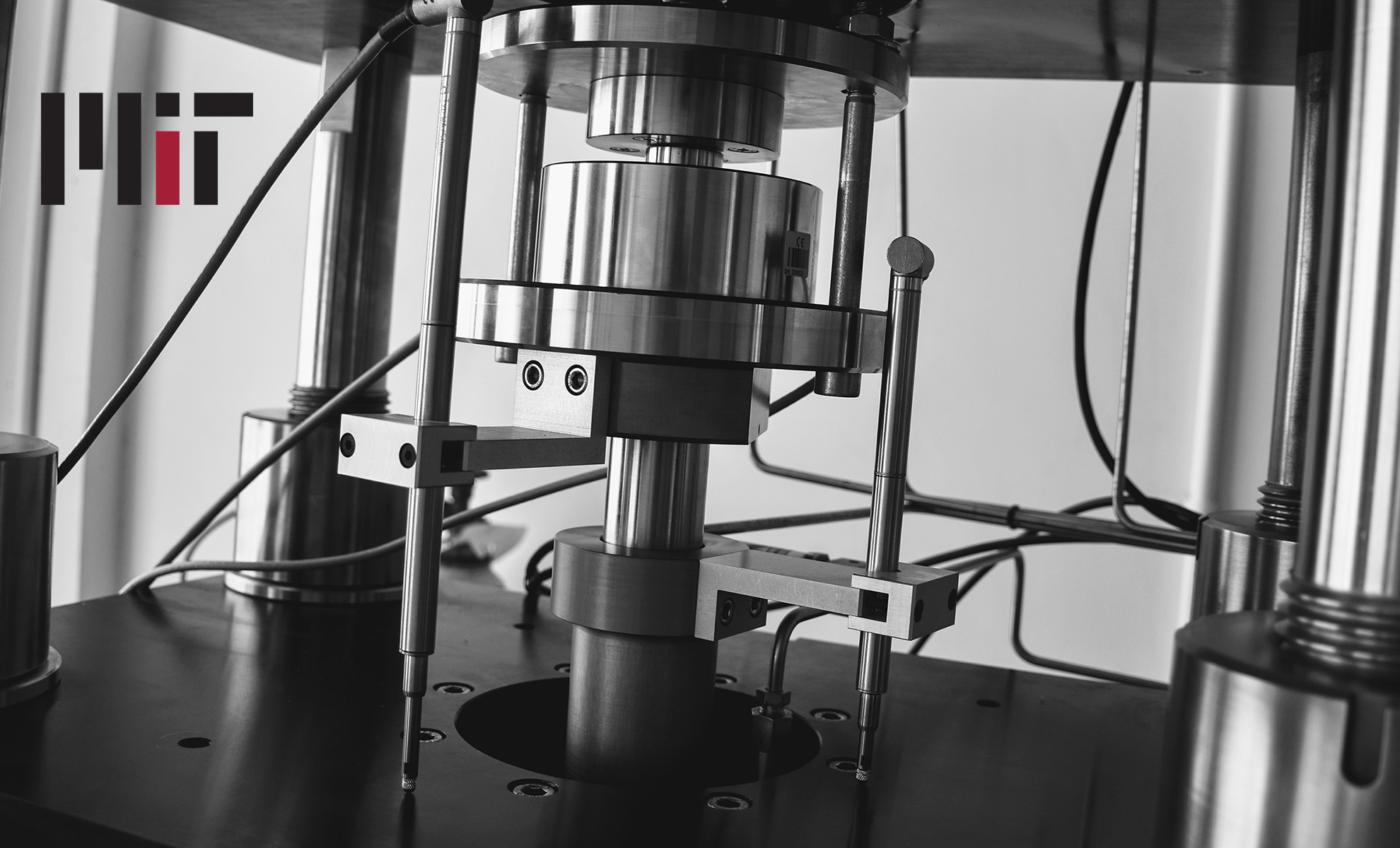
experimental rock deformation

Matej is teaching 12.524: Mechanical Properties of Rocks this semester! Lots to learn, lots to teach, and lots of stress tensors to draw.
We had the great pleasure to host prof. Take Hiraga, Dr. Sanae Koizumi, Dr. Hatsuki Yamaouchi, Atsuro Okamoto and Yuto Sasaki from the Takei-Hiraga Lab at ERI, University of Tokyo. After thorough lab tours and discussions of the experimental apparatuses available at MIT, we had a day loaded with talks and discussions about deformation of the Earth’s mantle. Matej and Cassandra will travel to Japan in June 2019 to visit the laboratories at ERI to learn more about the research being performed there, and learn how to manufacture dense nanocrystalline samples with well-controlled microstructures for starting materials. The trips are generously supported by MIST-ULVAC-Hayashi Seed Fund to Matej, Take and Yasuko.
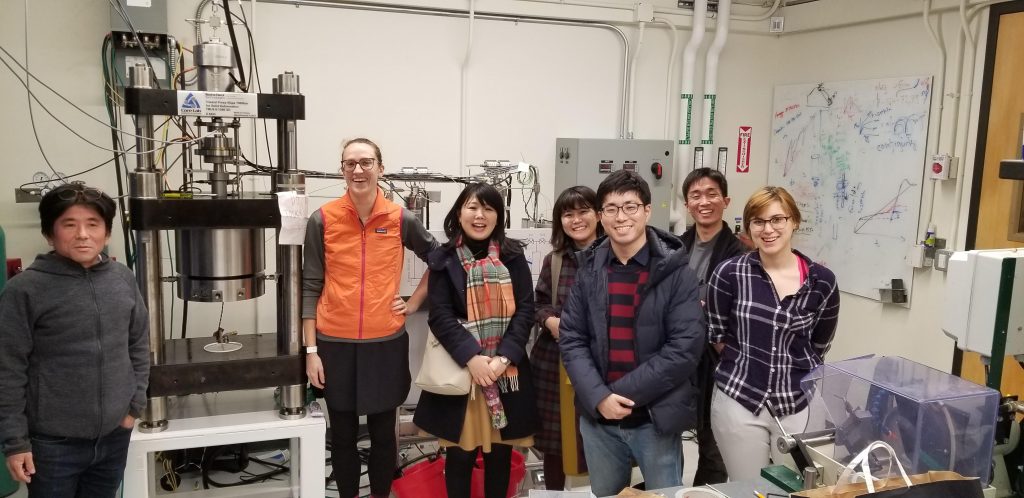
We will hold the 4th joint MIT-Brown CORD meeting on Monday 12/17 at 12:00 in building 54-819 at MIT. The talk will be also broadcasted via webex – if you are interested in participating, please write me an e-mail.
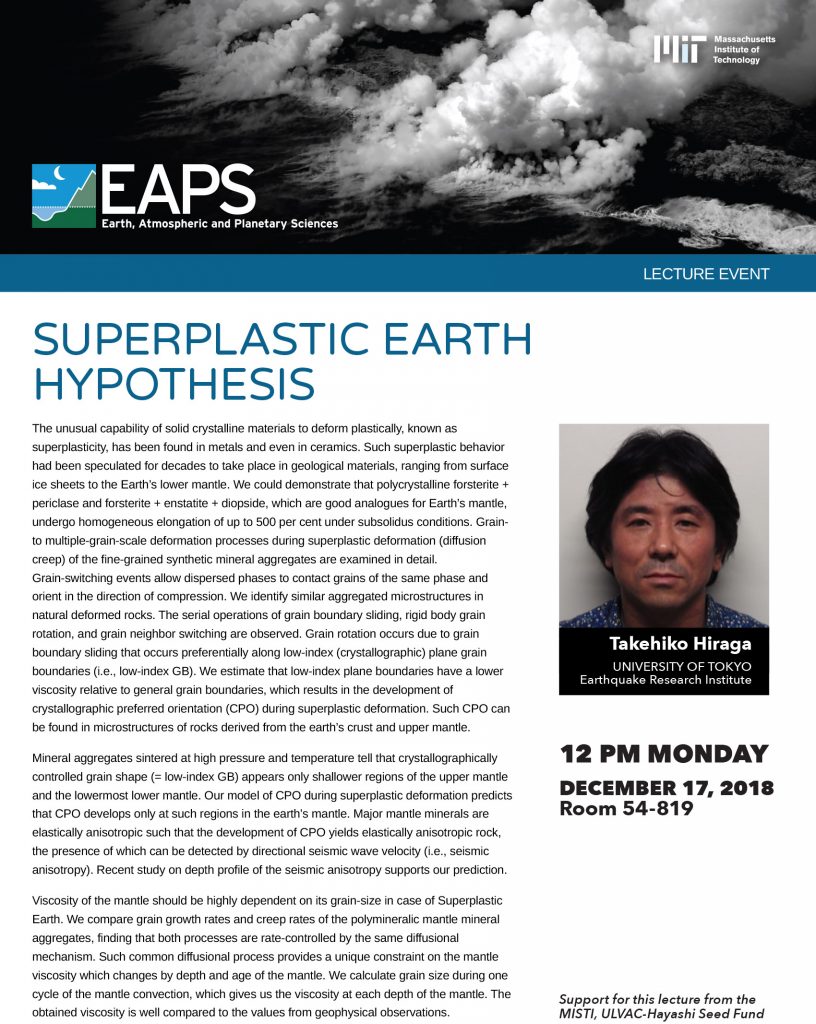
We are getting ready for AGU in Washington D.C.
Cassandra and Emilie will attend the AGU workshop on MTEX and modelling of anisotropic properties. Cailey will give an invited talk on Wednesday 12/12 at 11:35 a.m. on “Fluid infiltration promotes both ductile and brittle deformation within the deep crust: Examples from Southwestern Montana and the Central Alps”. Hamed will present a poster on Tuesday 12/11 from 9:00 a.m. – 12:00 p.m. on “Ultrasound Probes of the Damage Evolution in Impulsive Fragmentation of Rocks” and Matej will give an invited talk on Tuesday 12/11 at 4:15 p.m. on the “Deformation mechanisms at the base of the seismogenic layer” with data from Saleh, Hongyu and Hamed. If you are in D.C. come and see our presentations!
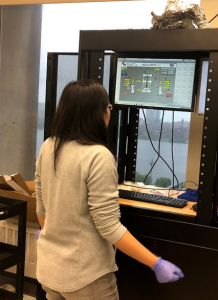
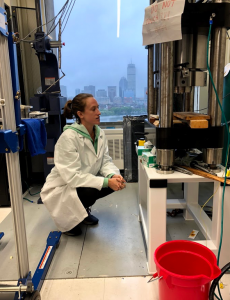
After the rig was fixed, Hongyu and Cailey were able to run successful experiments! Hongyu has completed two experiments on granite powder, and Cailey has hot-pressed an amphibolite sample at 750 degrees. Next up: deforming Cailey’s samples at high temperature.
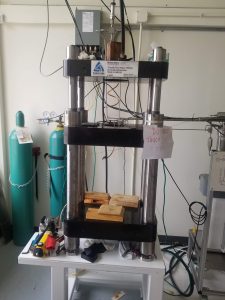
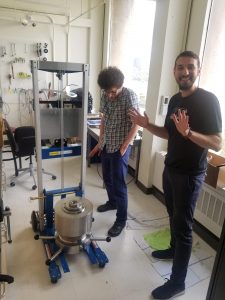
Thanks to Hamed and Saleh for helping to replace the (very heavy) rig after it had to be dismantled for repairs, and to Cailey for finishing touches! It is working good as new again and is ready for more experiments soon.
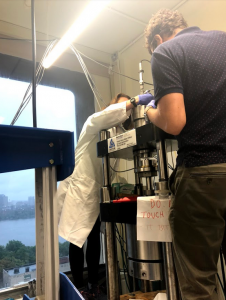
It is our great pleasure to welcome Cassandra Seltzer to the research group. Cassandra did her undergraduate studies at the University of Michigan in Ann Arbor and will work on the influence of stress on melt network geometry in partially molten mantle rocks!
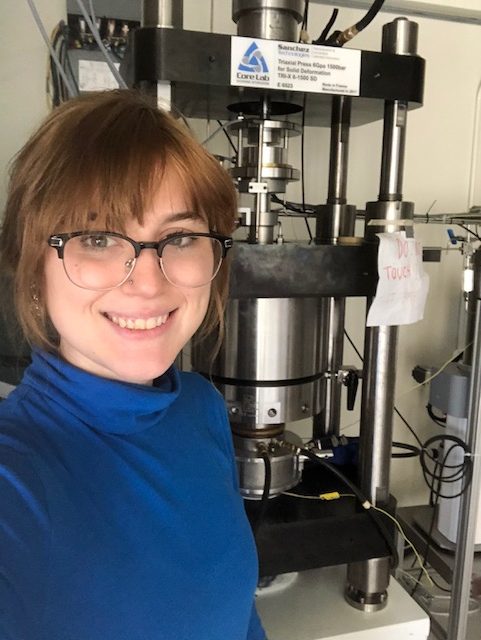
Cailey Condid started her NSF post-doc in the lab today – Cailey will deform amphibolites to determine their rheological properties at lower crustal pressures and temperatures. Welcome to the lab!
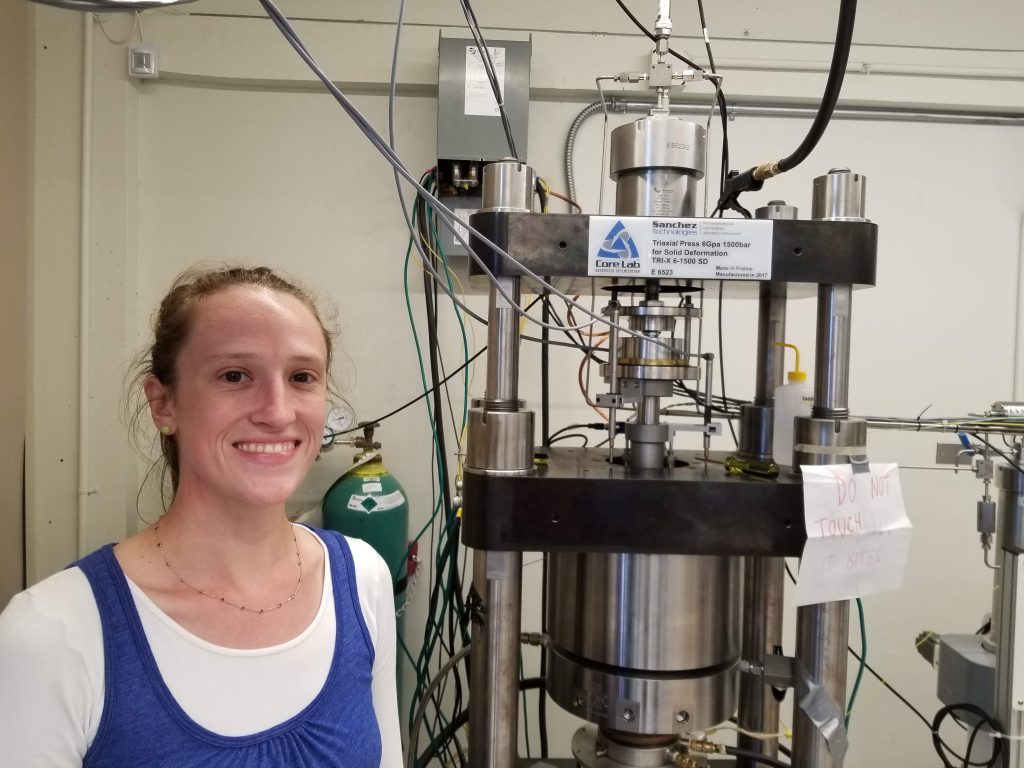
Yesterday was a very long but extremely exciting time in the lab. Hamed has spend the past few days chasing electrical noise and bringing down the background of our piezoelectric sensor. Eventually, Hamed managed to bring the background noise level to about 0.2 V at a 60 dB amplification with a +/- 4V full scale – an excellent value giving us hope to record very small events occurring in our sample. Of course more problems came when we started pressurizing and heating the sample due to A/C and higher frequency noises introduced by the silicon controlled rectifier which is at the core of our heating system. However, both of these noises are at low frequencies and extremely reproducible and therefore were filtered out with a high-pass filter somewhat compromising our detection capabilities. At last, nothing stood in the way of recording about 65 beautiful acoustic emissions during axial compression of Black Hills Quartzite deformed at 1GPa confining pressure and 100˚C. Now the next steps will be further lowering the electrical noise in our system to detect more events, introducing more sensors into the loading column and slowly ramping up the temperature of our experiments – many more exciting nights ahead!
